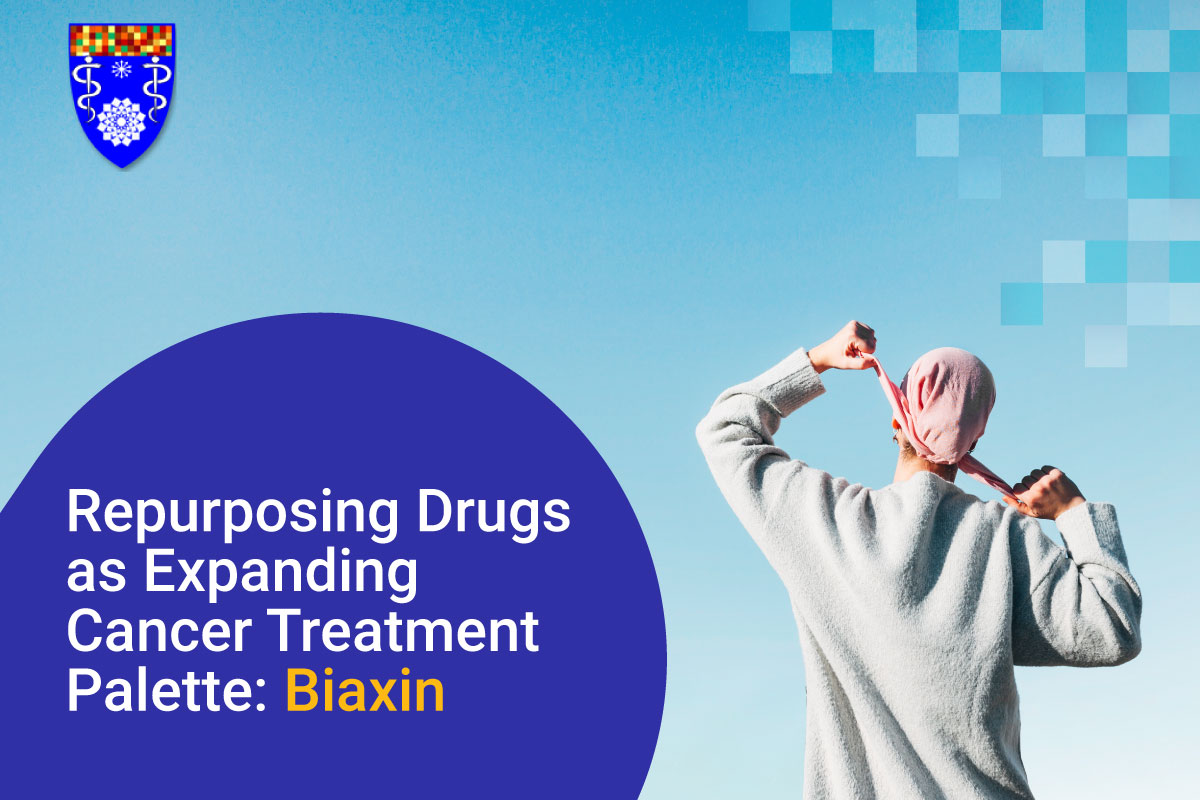Overview
Modern medicine has provided cancer treatment with ideal alternatives through drug repurposing. Medical experts and pharmaceutical companies found new ways to unlock the old drugs’ potency in treating cancers. What’s more, the entire production process takes less time and costs significantly less.
Biaxin is one of the old drugs that found new life in modern oncology. Previously, it was an effective treatment for many types of bacterial infections, including helicobacter pylori and stomach ulcers. Today, oncologists use them in treating and managing myeloma and lung cancer.
This article will highlight Biaxin’s mechanism of action, safety, and clinical results. What’s more, we’ll provide you with valuable information about its dosing and toxicity. So, without further ado, let’s dive into the details.
Introduction to Biaxin
What is Biaxin?
Biaxin, also known as clarithromycin (CAM), is a macrolide antibiotic used to treat bacterial infections. Its other uses are for treating Lyme disease and eliminating gastric disorders with Helicobacter Pylori. Preclinical and clinical data confirm its potential in treating a wide variety of tumors combined with the traditional treatment methods.
Safety
CAM is acid-stable, meaning it has a half-life (5hrs) and is safe for twice-a-day administration. Moreover, it also has a high bioavailability. CAM’s antimicrobial spectrum and its macrolides are broader than penicillin. Therefore, it is an ideal substitute that works well with people allergic to penicillin.
Mechanism of Action
CAM’s macrolides have an antibacterial effect that inhibits a bacteria’s protein synthesis. It is because they bind to the subunit 50S ribosome. In addition, CAM also prevents mucus hypersecretion. Finally, they reduce pro-inflammatory cytokines, making them ideal for patients with inflammatory diseases.
Clarithromycin Uses
Direct Antitumor Effect
CAM induces apoptosis in a murine B cell lymphoma line. The extracellular signal-regulated kinase (ERK) plays a crucial role in cell proliferation. ERK’s phosphorylation by CAM at physiologic concentrations delays bronchial epithelial cellular proliferation. It prevents cells from passing through the G1 to S phase of the cell cycle.
Multiple oncogenes activate ERK, and the uncontrolled activation of ERK leads to malignant development. In any epithelial lung cancer (NSCLC), ERK1/2 activates and is associated with advanced tumors. Therefore, the antitumor effect in NSCLC patients is controlled via ERK by CAM modulation.
Autophagy-Targeted Therapy
CAM prevents the autophagy process, its most significant antitumor effect.
The autophagy process provides tumor cells an alternative energy source during their metabolic stress. As a result, it keeps cellular homeostasis and survival. The extracellular matrix upregulates autophagy detachment. CAM’s antitumor properties work in multiple myeloma cells by preventing the autophagy process at clinically relevant concentrations of 6–50 μg/mL.
Modulation of Tumor Environment
CAM belongs to the family of antibiotics known to have anti-inflammatory properties. In addition, the anti-inflammatory effects of CAM reduce acute inflammation following mastectomy or lung cancer surgery.
Dosing
CAM comes in tablets or oral suspensions.
The typical dosing is 250 mg twice a day.
Note: A four-year treatment of 200 mg per day in patients with diffuse panbronchiolitis showed no adverse reactions except for a temporary case of mild diarrhea. It occurred in one out of ten patients, which quickly resolved naturally.
Toxicity
CAM’s toxicity profile is well-known thanks to its use as a widespread antibiotic. Here’s a list of the common adverse effects of CAM:
- Diarrhea
- Nausea
- Vomiting
- Dysgeusia
Adverse reactions that resolve after CAM discontinuation:
- Insomnia
- Rash
Uncommon clarithromycin side effects:
- Drowsiness
- Confusion
Note: Observe caution in administering CAM to patients with impaired hepatic function or severe renal insufficiency.
In addition, it also prolongs the heart’s QT interval. Therefore, patients with a history of QT prolongation, hypokalaemia, and cardiac arrhythmias, should not receive CAM treatment.
Clinical Result: Myeloma
Combining CAM with some immune-modulatory drugs (IMiDs) for treatment-naive patients in the phase II MM trial resulted in an objective response of 90%. It showed compatibility with dexamethasone and lenalidomide.
The patient tolerated the treatment well, which provided lasting responses. Following a long-term follow-up (6.6 years), the median progression-free survival (PFS) was 49 months. The overall response rate increased to 93%, without an increased incidence of second primary malignancies.
Today, the regimen is known as BiRd. It is the combination of CAM, Revlimid (lenalidomide)/(low dose) dexamethasone. The inclusion of CAM allowed a significant reduction of dexamethasone and a higher complete remission response rate. It proved better than the concurrent phase II study using only dexamethasone and lenalidomide.
Clinical Result: Lung Cancer
CAM’s anticancer capabilities proved efficient in tumors for patients with lung cancer.
Subject: A randomized group of 49 patients with advanced lung cancer.
42 with non-small cell lung cancer (NSCLC)
7 with small cell lung cancer (SCLC)
Twenty-five patients treated with CAM maintenance (200 mg b.i.d.) showed a more prolonged survival. (median of 395 days).
The patients who did not receive CAM maintenance treatment have 256 days.
The NSCLC patients benefited the most from CAM treatment. Their survival time doubled to a median of 535 days. In addition, the patients treated with CAM had a more extended stay-at-home period compared with the non-CAM group. These patients showed an improved quality of life.
Improve Your Quality of Life with the Best Cancer Management Approach
The Institute of Integrative BioOncology specializes in administering off-label medicines in treating and managing cancer. We aim to provide you with quality treatment based on your individual needs. Our goal is to help you achieve a better quality of life with modern and traditional approaches to cancer management.
Dr. Paul Zhang practices evidence-based integrative cancer care management, which is safe and effective. Dial 713-797-1900 to book an appointment.



